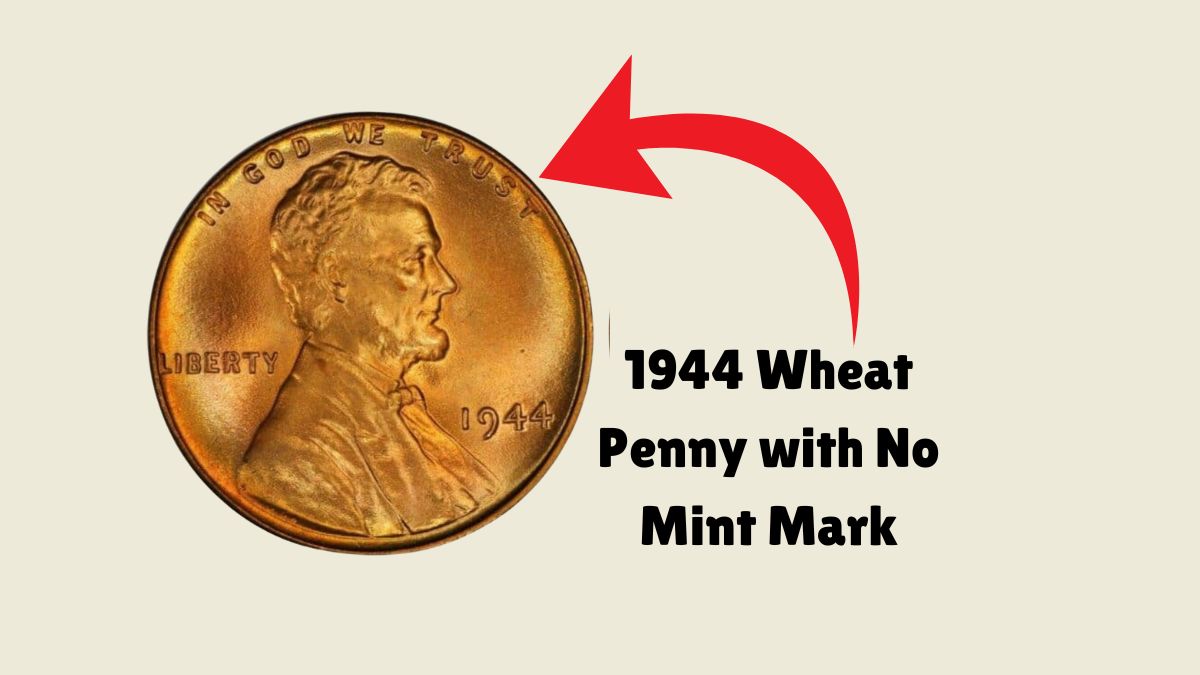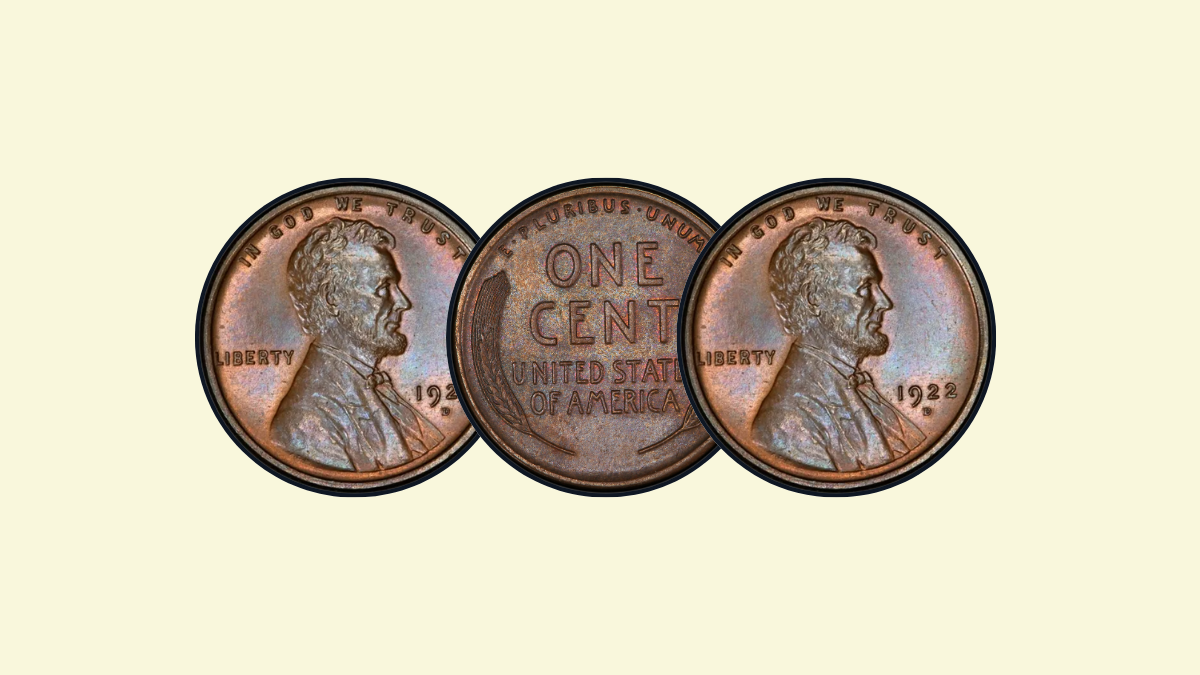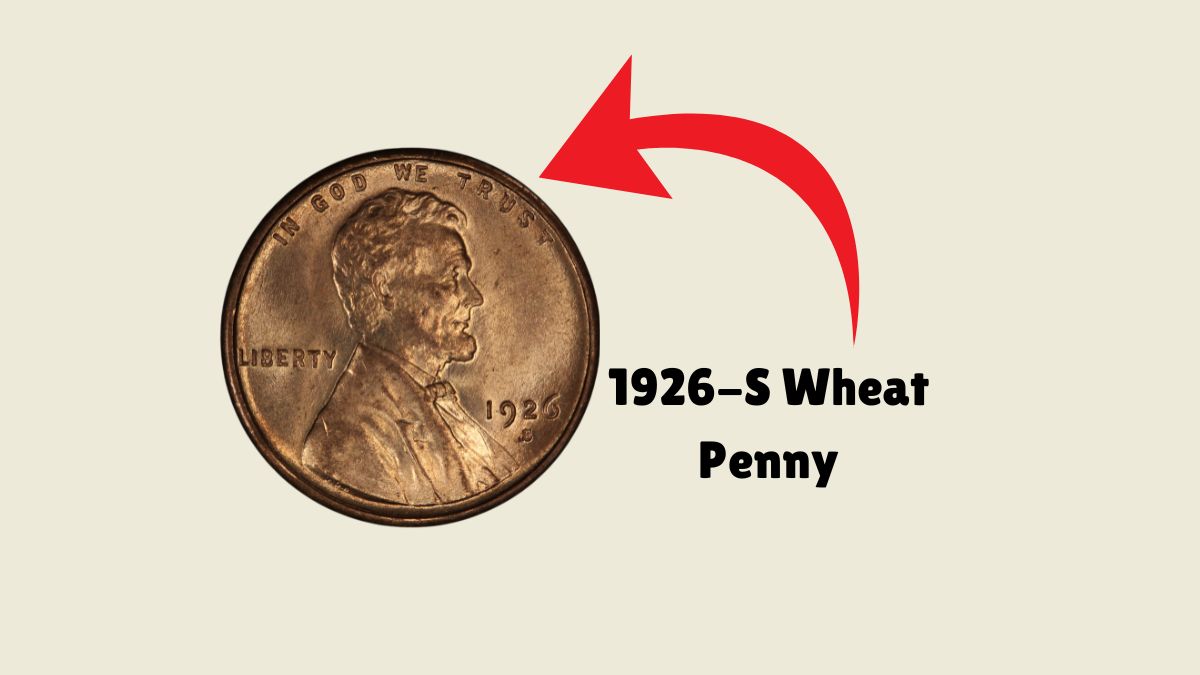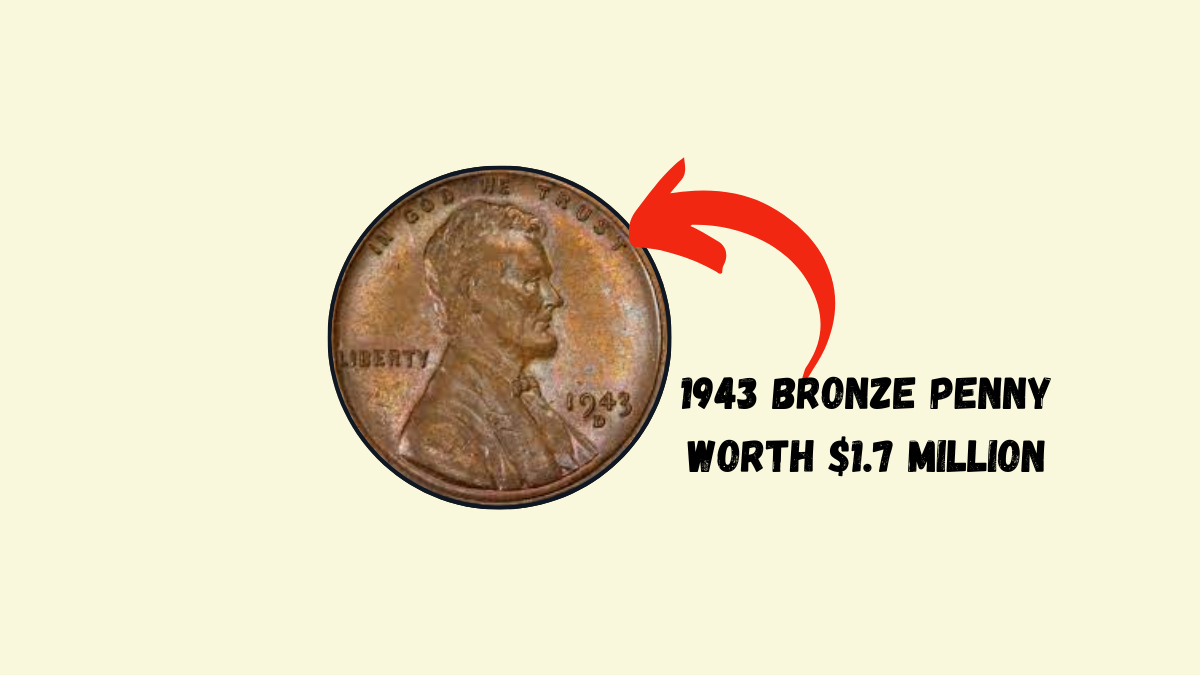The 1944 Steel Wheat Penny without a mint mark stands as one of the most coveted rarities in numismatic circles. Its unique composition and historical context contribute significantly to its allure and value.
Historical Context
During World War II, the United States faced a copper shortage due to its necessity in wartime production. In response, the U.S. Mint produced pennies from zinc-coated steel in 1943. However, in 1944, the Mint reverted to using copper for penny production.
Despite this transition, a few steel planchets from 1943 remained in the Mint’s presses and were inadvertently used to produce a limited number of 1944 pennies. These error coins, especially those without a mint mark indicating production at the Philadelphia Mint, are exceedingly rare.
Identifying the 1944 Steel Wheat Penny
To determine if a 1944 penny is the rare steel variant, consider the following methods:
- Magnetic Test: Steel is magnetic, whereas copper is not. If a 1944 penny is attracted to a magnet, it is likely made of steel.
- Weight Measurement: Steel pennies weigh approximately 2.7 grams, in contrast to the 3.11 grams of copper pennies.
- Visual Inspection: Steel pennies have a distinctive silver-gray appearance, differing from the typical reddish-brown hue of copper pennies.
Valuation and Rarity
The value of a 1944 steel wheat penny without a mint mark is influenced by its condition and rarity. Estimates suggest that only 20 to 40 of these coins exist. As of recent assessments, approximate values are:
- Good Condition: $5,000 to $7,500
- Fine Condition: $10,000 to $15,000
- Very Fine Condition: $25,000 to $35,000
- Extremely Fine Condition: $50,000 to $75,000
- Uncirculated Condition: $100,000 to $150,000 or more
Comparison with Other 1944 Wheat Pennies
It’s essential to distinguish the 1944 steel wheat penny from its more common copper counterparts.
| Type | Mint Mark | Composition | Approximate Value (Uncirculated) |
|---|---|---|---|
| 1944 Copper Wheat Penny | None | 95% Copper | $0.90 to $2 |
| 1944-D Copper Wheat Penny | D (Denver) | 95% Copper | $6 |
| 1944-S Copper Wheat Penny | S (San Francisco) | 95% Copper | $5 |
| 1944 Steel Wheat Penny | None | Zinc-coated Steel | $100,000 to $150,000 or more |
Notable Sales
The rarity of the 1944 steel wheat penny has led to significant auction results. For instance, a 1944 steel cent without a mint mark in circulated condition has fetched substantial sums, reflecting its desirability among collectors.
The 1944 steel wheat penny without a mint mark is a remarkable artifact from a pivotal era in American history. Its accidental creation, combined with its scarcity, renders it a prized possession for numismatists and history enthusiasts alike.
FAQs
Why were some 1944 pennies made of steel?
Due to leftover steel planchets from 1943, a few 1944 pennies were mistakenly struck in steel instead of the intended copper.
How can I confirm if my 1944 penny is steel?
Perform a magnetic test; if the coin is attracted to a magnet, it is likely made of steel. Additionally, steel pennies weigh about 2.7 grams, whereas copper ones weigh 3.11 grams.
What makes the 1944 steel wheat penny valuable?
Its rarity, stemming from accidental production, and its historical significance contribute to its high value among collectors.




